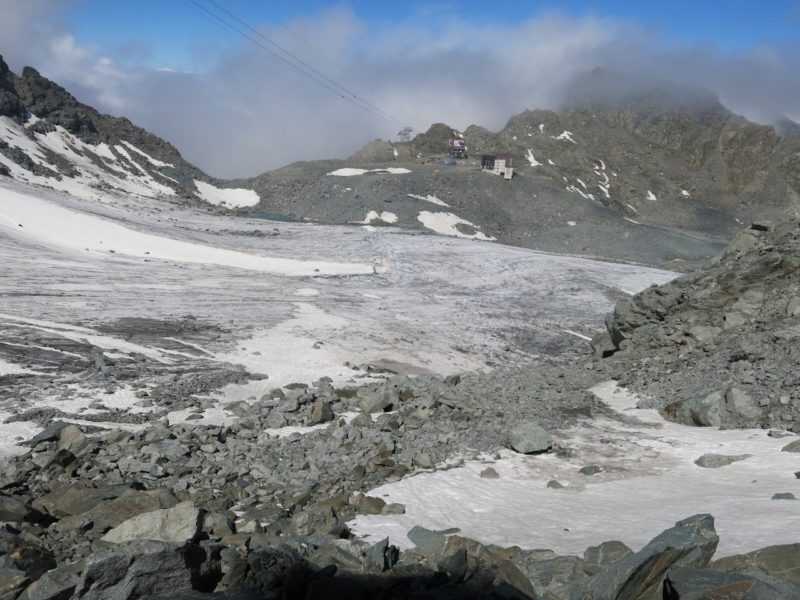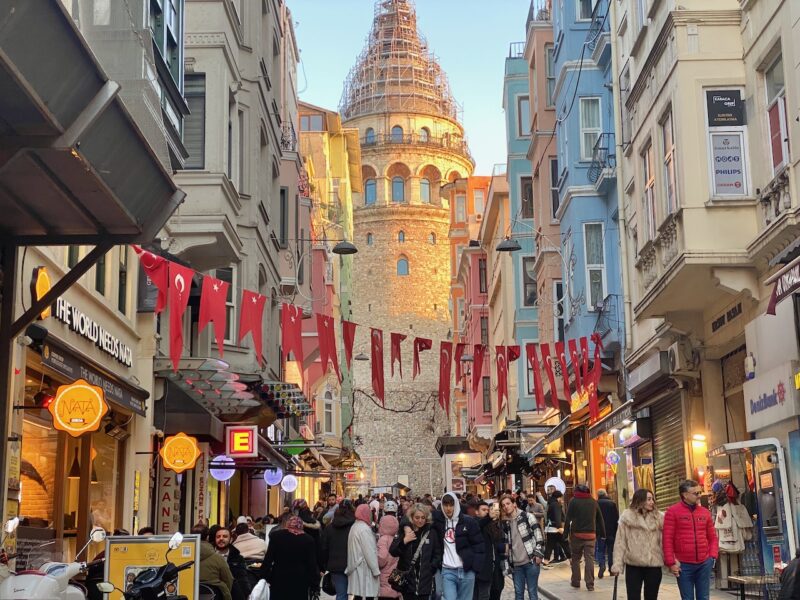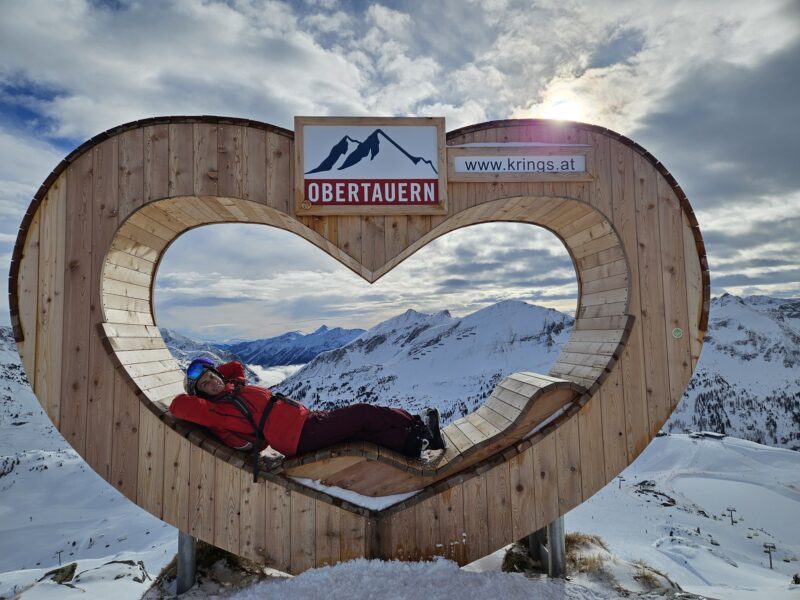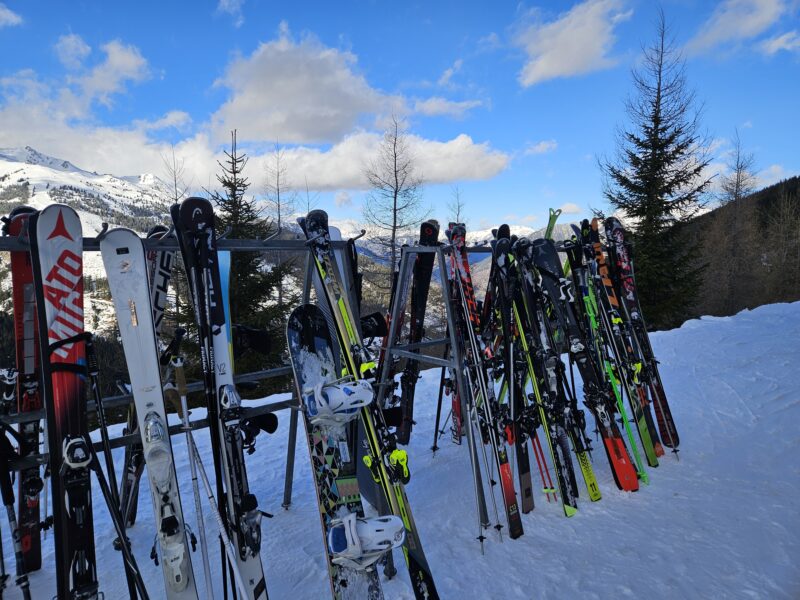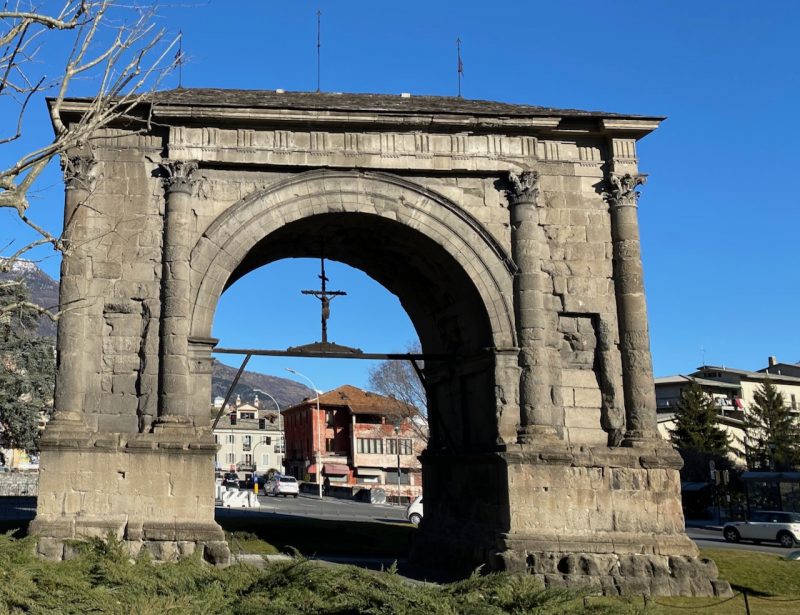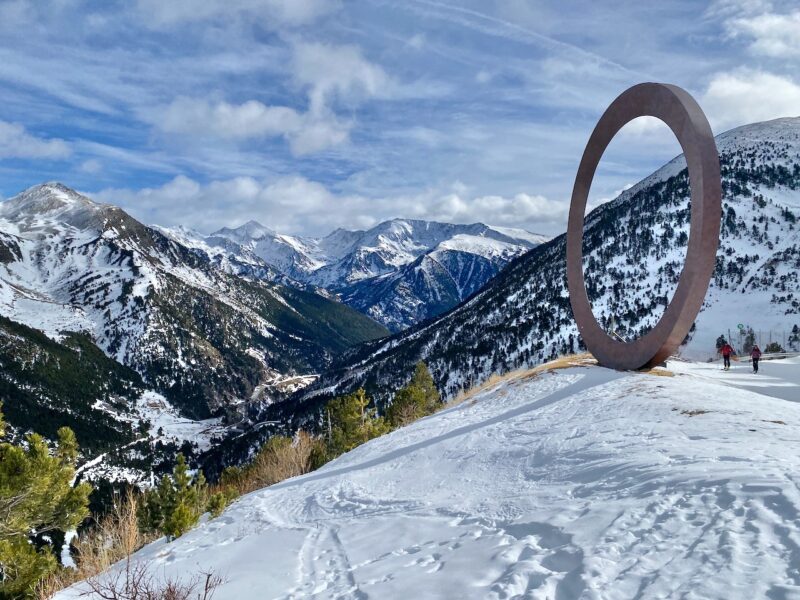Covid-19 Restrictions in the Mountains
28th June 2020
Last modified on May 14th, 2021
With UK quarantine measures set to ease and travel in Europe possible we look at the various restrictions in place for the main countries that give access to the Alps and the Pyrenees.
The government has announced the lifting of the 14-day quarantine period from some countries around the world into England.
The announcement was made on Friday July 3rd and we reported it here on PlanetSKI
“About time too,” some say.
Others warn about the early lifting of restrictions with the virus still very much about – still spreading and killing people.
“Too much, far too early,” they say.
The UK has some of the worst statistics in the world – 310K recorded cases with 43,574 deaths from a population of 67m.
The UK instruction only to travel for ‘essential reasons’ is expected to go.
It opens up the possibility of summer in the mountains, but what are the various restrictions in each country?
With additional and detailed information from the BBC we look at the variety of rules in place across the countries that give access to the Alps and the Pyrenees.
There are though restrictions in some countries to people entering from the UK.
AUSTRIA
It was one of the first countries to ease its lockdown as we reported at the time on PlanetSKI, Austria set to ease border restrictions
Borders have now been re-opened with all its neighbours.
It is deemed to be one of the European success stories as it limited the spread and the cases with a swift and strictly enforced lockdown.
It has had 17K confirmed cases with 702 deaths out of a population of 9m.
The advised social distance people need to keep is 1m.
– Larger shops, shopping centres and hairdressers reopened in early May
– Public parks, small shops, DIY stores and garden centres have been allowed to open since 14 April
– Outdoor sport that can be socially distanced, such as tennis, golf and athletics, is now allowed
– Gatherings of up to 10 people have been allowed since the start of May
– Restaurants and cafes reopened from mid-May, while gyms, open air swimming pools, hotels and some cinemas opened at the end of May, with weddings involving up to 100 people also allowed
– Final-year school pupils returned to classes at the start of May
– From Monday 15 June, face masks were no longer required when shopping, though they remain mandatory on public transport
– Austria allowed brothels to restart on 1 July, and is discussing how to implement new strict hygiene measures with sex workers.
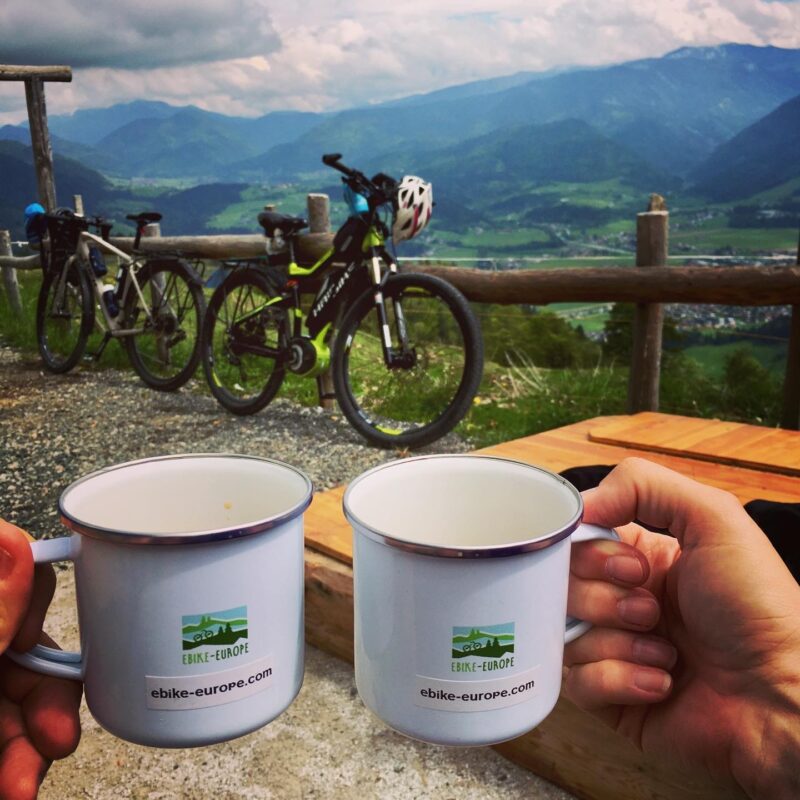
The Tirol, Austria. Image © ebike-europe
FRANCE
France’s strict lockdown was imposed on 17 March, with residents required to provide a travel permit justifying any outdoor trips.
Some easing began to ease on 11th May and over a month later on 14th June France declared had won its “first victory” against the virus as President Macron lifted more measures.
It has had 163K, confirmed cases with 29,778 deaths out of a population of 67m.
The advised social distance people need to keep is 1m.
France gives access to both the Alps and the Pyrenees.
– As of 15 June, all of mainland France is now in a so-called “green zone”, where restrictions can ease faster.
– Bars and restaurants are allowed to open inside and outside areas, including in Paris – one of the hardest-hit regions of France
– All schools except high schools fully reopened on 22 June. Schools for 15 to 18-year-olds (lycées) began reopening in green zones as part of phase two, but attendance is not compulsory
– Gatherings of fewer than 10 people are also permitted; the elderly and vulnerable are allowed out, but must use common sense
– Family visits to retirement homes were permitted from 15 June
– Beaches have also begun reopening under tight restrictions; cinemas will start reopening on 22 June.
– Overseas territories Mayotte and French Guiana remain in the orange zone due to higher infection rates, and authorities said restrictions could return to combat local spikes.

Les2Alpes, France. Image © PlanetSKI.
GERMANY
Germany began reopening smaller shops in April: in early May control of lifting the lockdown was handed to the 16 federal states.
However, Chancellor Angela Merkel stressed that an ”emergency brake” would be applied anywhere with a surge in new infections. A surge in cases linked to a meat processing plant near the town of Gütersloh caused regional authorities to reimpose local lockdowns for a week on 23 June.
Foreign minister Heiko Maas lifted a travel ban for EU member states and specified European countries including the UK.
It has had 195K confirmed cases with 9,025 deaths out of a population of 83m.
The advised social distance people need to keep is 1.5m.
– Bundesliga football matches resumed behind closed doors on 16 May – the first big European league to do so
– Shops of all sizes were allowed to reopen, with extra hygiene and social distancing
– Shops smaller than 800 sq m have been allowed to open since 20 April, alongside car dealerships, bicycle shops and bookshops
– Schools have been partially reopened for young children and those taking exams – and the 16 states are moving towards reopening pre-school centres and schools at their own pace
– Land border controls were lifted on 15 June
– Two different households are now allowed to meet up with each other
– Big public events like festivals are banned until at least the end of August
– Chancellor Angela Merkel has extended social distancing rules
ITALY
It was the European nation that was first to be hit hard by covid-19.
PlanetSKI was based in Northern Italy as the virus spread.
We decided to stay put in its early stages, Why I am staying put in Northern Italy.
But left as the situation changed, PlanetSKI leaves the Alps and heads home.
Italy imposed a strict and lengthy lockdown on 7 March – initially in the north, then nationwide .
It was a tough lockdown with a ban on walking or exercising more than 200m from home.
In early May, some restrictions were relaxed and people are now able to travel for longer distances, as well as visit their relatives in small numbers.
On 3 June, Italy unilaterally reopened its borders and ended regional travel restrictions, and the country entered phase three of its lockdown lifting on 15 June.
Cruises on Italian ships remain suspended.
It has had 240K confirmed cases with 34,716 deaths out of a population of 60m.
The advised social distance people need to keep is 1.5m.
– Bars and restaurants reopened on 18 May, but hosting reduced numbers of diners, with tables further apart and plastic shields to separate customers
– Hairdressers also reopened on 18 May, as did more shops, museums and libraries, and sports teams are able to hold group training
– Catholic Church masses resumed from 18 May, but with strict social distancing and wearing of face masks
– Theatres and cinemas reopened on 15 June, but there is a strict limit of 200 people allowed inside venues
– Nightclubs will be allowed to open their doors on 14 July
– Schools will not reopen until 1 September
– Gyms and swimming pools reopened in most regions on 25 May, with strict social distancing rules, but not in Lombardy, the northern region at the epicentre of Italy’s crisis
– Some tourist sites, like the leaning Tower of Pisa, opened on 30 May
– Serie A football returned 20 June, with amateur sports allowed from 25 June
SPAIN
Spain outlined a four-stage plan on 4 May to start easing one of the strictest lockdowns in Europe, which saw children under 14 confined to their homes for six weeks.
On 1 June, Spain moved to a second phase for 70% of Spaniards, but Madrid, Barcelona and some other regions stayed under tighter phase-one restrictions.
The state of emergency officially ended on 21 June, restoring freedom of movement and reopening some borders. People must still stay 1.5 metres apart in public and wear masks on public transport and when shopping.
However, parts of northeastern Spain returned to phase two of lockdown easing in June after an outbreak of the virus among fruit pickers.
It has had 248K confirmed cases with 28,342 deaths out of a population of 47m.
The advised social distance people need to keep is 2m.
– Face masks are compulsory for anyone aged six and over in public, both inside and outside, if it isn’t possible to maintain social distance
– Schools were partially reopened from 26 May. This will allow for revision classes and state exams but a full reopening is not expected until September
– From 11 May customers were able to order a beer in a terrace bar, but bars and restaurants did not fully reopen until 10 June, adhering to strict social distancing guidelines and only at 50% capacity
– Cinemas, theatres and exhibitions began reopening on 26 May, but only at 30% capacity. Outdoor concerts of up to 400 people are permitted, but with social distancing
– Spain’s renowned La Liga football championship kicked off on 11 June
– The country began lifting border controls on 21 June although Portugal has asked for the border with Spain to remain shut until 1 July to stop Spaniards crossing over
– A group of German tourists flew to the Balearic islands on 15 June as part of an experiment in air corridors
SWITZERLAND
Switzerland began easing its eight-week lockdown in stages from 27 April.
It has suffered considerably with ski resorts such as Verbier seen as significant spreaders of covid-19.
It has had 31.6K confirmed cases with 1,682 deaths out of a population of 8.5m.
The advised social distance people need to keep is 2m.
– Garden centres, hairdressers and beauty salons were allowed to reopen on 27 April
– Schools, libraries, museums and non-food shops followed on 11 May, with strict distancing measures
– So too did restaurants, bars and cafes with a limit of four guests per table, with tables 2m apart
– Hand sanitiser is being provided at railway stations and passengers are advised to wear masks on public transport
– From 30 May groups of up to 30 people can meet, rising from five
– Summer camps, cinemas and theatres reopened from 6 June along with mountain railways and cable cars, with public events of up to 300 people allowed

